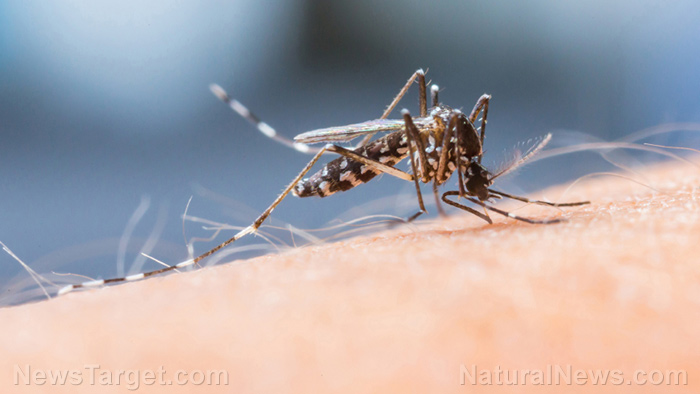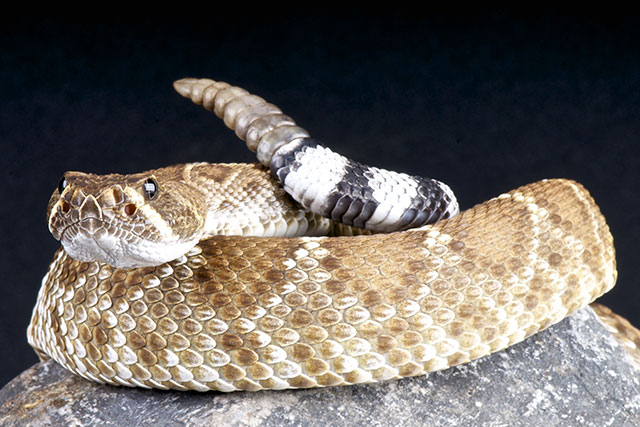New study shows chances that COVID-19 has a natural origin are less than 1 in 100 million
11/08/2022 / By Cassie B.

A new study exploring the origins of the pandemic has concluded that the odds of COVID-19 having a natural origin are less than one in 100 million, which is a remarkable finding for a study that does not look at any of the known evidence that ties the virus’s origins to a Chinese lab.
In contrast with previous studies that looked at qualitative aspects of the virus, such as its features, this study assessed the chances that the virus has a lab origin on a quantitative basis. The study, entitled Endonuclease fingerprint indicates a synthetic origin of SARS-CoV-2, was published on the preprint server bioRxiv and was carried out by a team of researchers that include a molecular immunologist, a pharmacologist and a mathematical biologist.
The study reached its conclusion without taking into consideration factors such as the extremely unusual furin cleavage sight responsible for making the virus so strong that many experts believe was inserted into the virus by scientists at the Wuhan Institute of Virology. In addition, the study does not consider the significant coincidence of the pandemic beginning in the same area as one of the top coronavirus labs in the world.
The study’s authors assessed tiny fingerprints that are left behind in the process used to assemble viruses in labs. Seamless genetic engineering techniques are often employed when creating viruses in labs to conceal any evidence of manipulation. However, this study created a statistical process that can reveal this type of hidden evidence by comparing the distribution of genetic code strands on wild viruses to those of lab-made viruses.
Viruses that are constructed in labs are often made by piecing together different parts of viruses. One of the main purposes of this is determining which parts of viruses are responsible for making them especially transmissible or lethal. While the authors note that viruses can indeed be manipulated in this way to develop bioweapons, they believe that the virus behind COVID-19 “was assembled in a lab via common methods used to assemble infectious clones pre-COVID.”
In particular, they honed in on the cutting sites of DNA strands. While naturally occurring cutting sites are often found in areas that are inconvenient for scientists, labs routinely insert cutting sites in more favorable locations and remove them from less convenient spots. Although the cutting sites that occur naturally and those that are added in labs are indistinguishable biologically, the researchers reported finding a “very subtle but identifiable fingerprint” when they plotted the distribution of the cutting sites on the virus responsible for COVID-19 and compared it to the distribution of these sites on the SARS viruses found in the wild, along with other SARS viruses that were created in labs before the pandemic.
Cutting sites, segment lengths all point to lab manipulation
According to the study, the cutting sites on SARS viruses found in the wild are randomly distributed, while those on SARS-CoV-2 and other viruses made in labs before the pandemic were regularly spaced. The regular spacing therefore suggests that the location of the cutting sites had indeed been manipulated in a laboratory setting.
Moreover, the study compared the length of longer segments found in both lab-made and wild viruses. They found that the longest segments in wild viruses were significantly longer than any of those found in lab-made viruses and SARS-CoV-2, again supporting the theory of a lab origin for the virus that causes COVID-19.
The researchers estimate that the chances that the current virus arose naturally are somewhere between one in 100 and 1 and 1400 based on factors related to the distribution of the cutting sites. However, when they also factored in the concentration of mutations that they found within the cutting sites – which was considered extremely unlikely in a wild coronavirus but almost universal in synthetic viruses – their estimate dropped to a one in 100 million chance that the virus responsible for COVID-19 occurred naturally. Additional criteria could make the chances even more remote, such as the perfect fit of the virus’s sticky ends.
Although the study’s authors stopped short of speculating on the specific lab the virus may have escaped from, they believe that it is clear that it was indeed assembled in a lab using a common method for assembling viruses. Although the study must still undergo peer review, the authors have already invited debate of their findings, and many are viewing their methodology as a promising way to get to the bottom of the virus’s origins without depending on cooperation from China.
Sources for this article include:
Submit a correction >>
Tagged Under:
bioterrorism, bioweapon, Censored Science, coronavirus, COVID origin, covid-19, discoveries, genetic lunacy, infections, insanity, outbreak, pandemic, real investigations, research, science deception, science fraud, spike protein, truth
This article may contain statements that reflect the opinion of the author




















